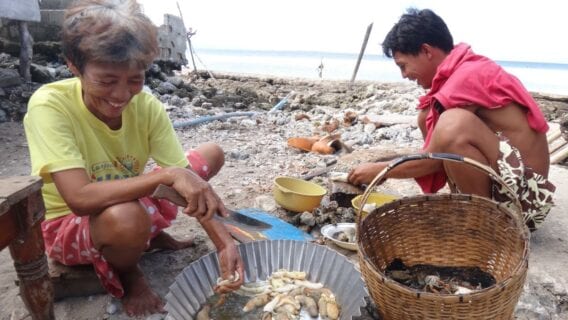
eDNA monitoring of native fish populations in South Africa
Project overview
The project focuses on the conservation of Oreochromis mossambicus, a native freshwater fish species in South Africa currently listed as Vulnerable on the IUCN Red List of Threatened Species. This species faces significant threats from hybridization with the non-native Oreochromis niloticus, which has been introduced into South African rivers and poses a risk to the genetic integrity of O. mossambicus populations. Previous surveys conducted between 2017 and 2022 using active sampling techniques and genetic assessments with microsatellite loci have revealed that most natural populations of O. mossambicus are genetically intact, with few hybrids detected.
Threats

Habitat loss & degradation

Invasive alien species

Reduced genetic diversity
However, these traditional methods are invasive and may not effectively detect low-density invasive species. This project aims to develop and implement an environmental DNA (eDNA) monitoring method that is sensitive, non-invasive, and capable of detecting both native and invasive Oreochromis species. By augmenting the results of previous surveys, this approach will provide a more comprehensive understanding of the genetic status of O. mossambicus populations. Additionally, eDNA technology will enable early detection of invasive species, thereby supporting timely conservation and management interventions. The project will also explore the use of a multi-marker system to accurately identify different Oreochromis species, ensuring reliable monitoring and protection of South Africa’s freshwater biodiversity.
Project objectives
- Develop an eDNA method to monitor Oreochromis species in South African freshwater systems.
- Validate the effectiveness of eDNA in identifying genetically pure O. mossambicus populations.
- Utilize eDNA for the early detection of invasive Oreochromis spp. and other non-native fish species.
- Assess the utility of a multi-marker system (12S rRNA, COI, 16S rRNA) for differentiating Oreochromis species.
Project activities
- Site Selection: Revisit nine previously surveyed localities, including those indicating genetically pure and possible hybridized O. mossambicus populations.
- eDNA Sampling: Collect water samples in triplicate per site and filter water samples using Sterivex™ filters and extract DNA using the NucleoSpin eDNA Water kit.
- Primer Design: Use in silico analysis to select effective primers for the 12S rRNA, COI, and 16S rRNA gene regions.
- PCR and Sequencing: Conduct PCR in triplicate, sequence samples on the Illumina MiSeq platform, and analyse data using Qiime2 for taxonomic classification.
- Bioinformatics: Utilize the dada2 algorithm for quality control and sequence analysis, comparing results with reference databases like BOLD and GenBank
This project is implemented by Mahlatse Fortunate Mashaphu, University of KwaZulu-Natal.




